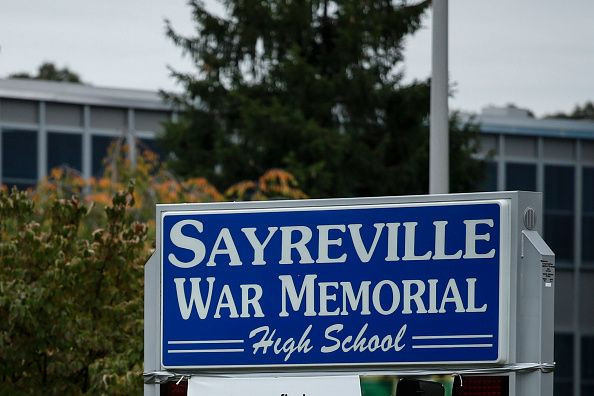Hazing Still Common In Collegiate, Youth Sports

There is greater awareness of the dangers of hazing, but hazing itself is still common in U.S. youth and collegiate sports, and many involved may not recognize hazing actions when they see them, according to a research review.
Hazing, or any humiliating or dangerous activity expected of a student who belongs to a group, regardless of his or her willingness to participate, is remarkably common in sports, the authors write in the British Journal of Sports Medicine.
“Hazing per se is not a mental health disorder, however, hazing and the issues that surround it have a clear mental health impact,” lead author Dr. Alex B Diamond of Vanderbilt Sports Medicine in Nashville, Tennessee, told Reuters Health. It is not limited to sports, either, he said.
“A recent tragic story came out of a marching band and a lot of the prior work in this area focused on greek life,” Diamond said by email.
In their review of the literature, the authors found that definitions and reporting of hazing behavior can vary, but one large study found that 47 percent of students reported being hazed during high school. The numbers were highest for students involved in sports, Reserve Officers’ Training Corps (ROTC), and band.
But of the 47 percent who experienced what the authors defined as a hazing behavior in the 2008 study, only 8 percent labeled the behavior as hazing.
At the college level, 80 percent of National Collegiate Athletic Association (NCAA) athletes say they have experienced some form of hazing throughout their college athletic career while 42 percent reported a history of also being hazed in high school.
“I would like to think that it doesn't happen everywhere but I think I would only be fooling myself,” Diamond said.
One study outlined examples of the hazing, like being made to push a penny across the floor of the bus with one’s nose, to consume urine or other inappropriate or unsafe substances, forced public nudity, sexual acts, high speed car games and jumping off bridges.
Maltreatment can have many adverse psychological effects like sexual difficulties, low self-esteem, interpersonal problems, depression, anxiety, emotional instability, physical self-abuse, eating disorders and substance abuse. However, the study team writes, many college students perceive positive outcomes of hazing, saying they feel more identified with the group, feel accomplished or “stronger” after being hazed.
Students who find hazing socially acceptable are more likely to experience it, the authors report.
“In order to begin to eliminate hazing, a culture shift is required and needs to be embraced,” Diamond said.
Student-athletes, adult leaders on campus and the community, coaches, administrators, health care personnel and the media should all be asking what policies and practices are in place to prevent hazing, he said.
“What types of activities do teams partake in not only as part of welcoming new members but in general throughout the year?” he said. “Are these positive team building experiences or are they examples of ‘hazing,’ keeping in mind that hazing can occur in various forms while some are overt, many others are very subtle.”
Anything that involves a power imbalance or establishing a hierarchy, or actions that humiliate or degrade another needs to be re-evaluated and addressed as hazing – the person can still be a willing participant for it to be considered hazing and to have a bad outcome, Diamond said.
Hazing can actually result in poorer athletic performance, he added.
“If you see something, say something,” he said. “Don't let others or yourself be harmed.”
“All coaches need to recognize, promote and demonstrate that sport participation is an opportunity to develop character, leadership and respect,” said Michael F. Bergeron, president and CEO of Youth Sports of the Americas, who was not part of the review.
“Players must respect themselves, other athletes, the game and its history, the school and their role, connectivity and responsibility to the community,” Bergeron told Reuters Health by email. “If these qualities are deeply and recognizably emblazoned into the foundation and unwavering expectation of every athlete, team activity, game and season, then it is far less likely that hazing will occur and/or be tolerated.”
© Copyright Thomson Reuters 2024. All rights reserved.





















